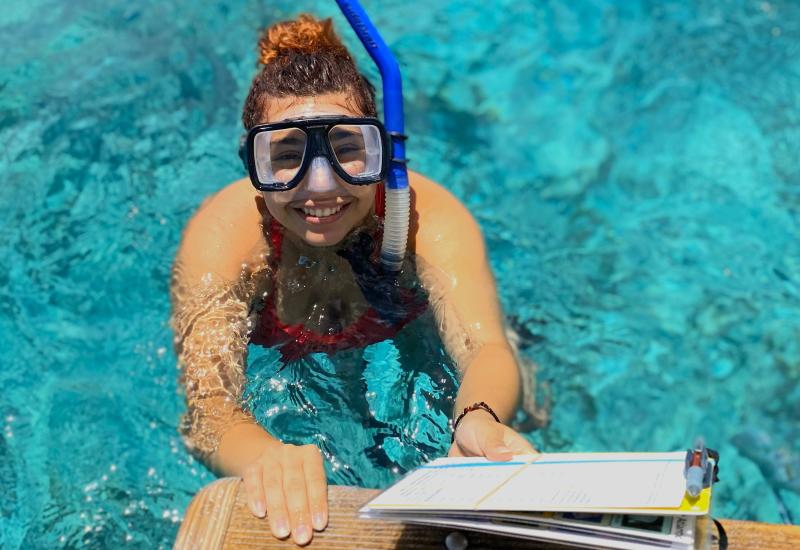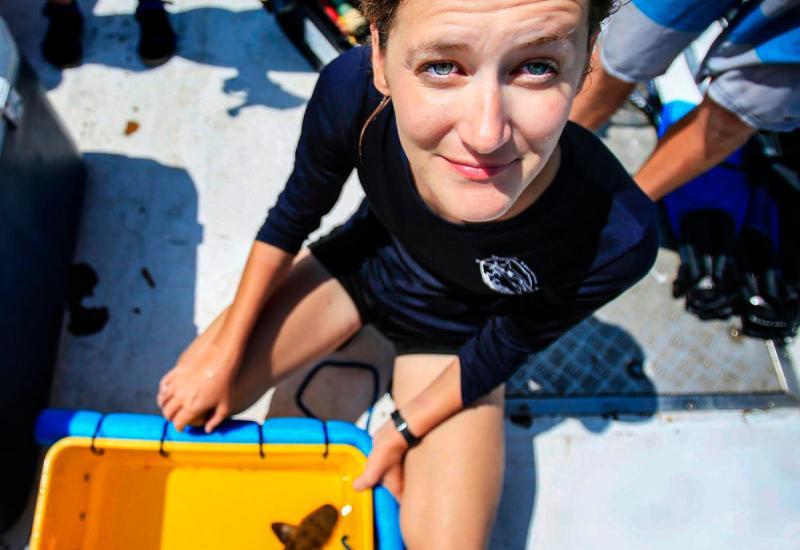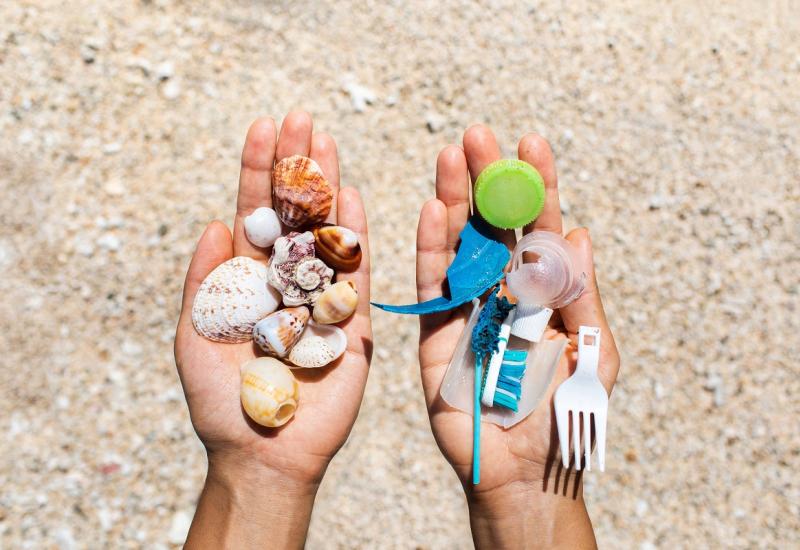The Recipe for a Successful MPA
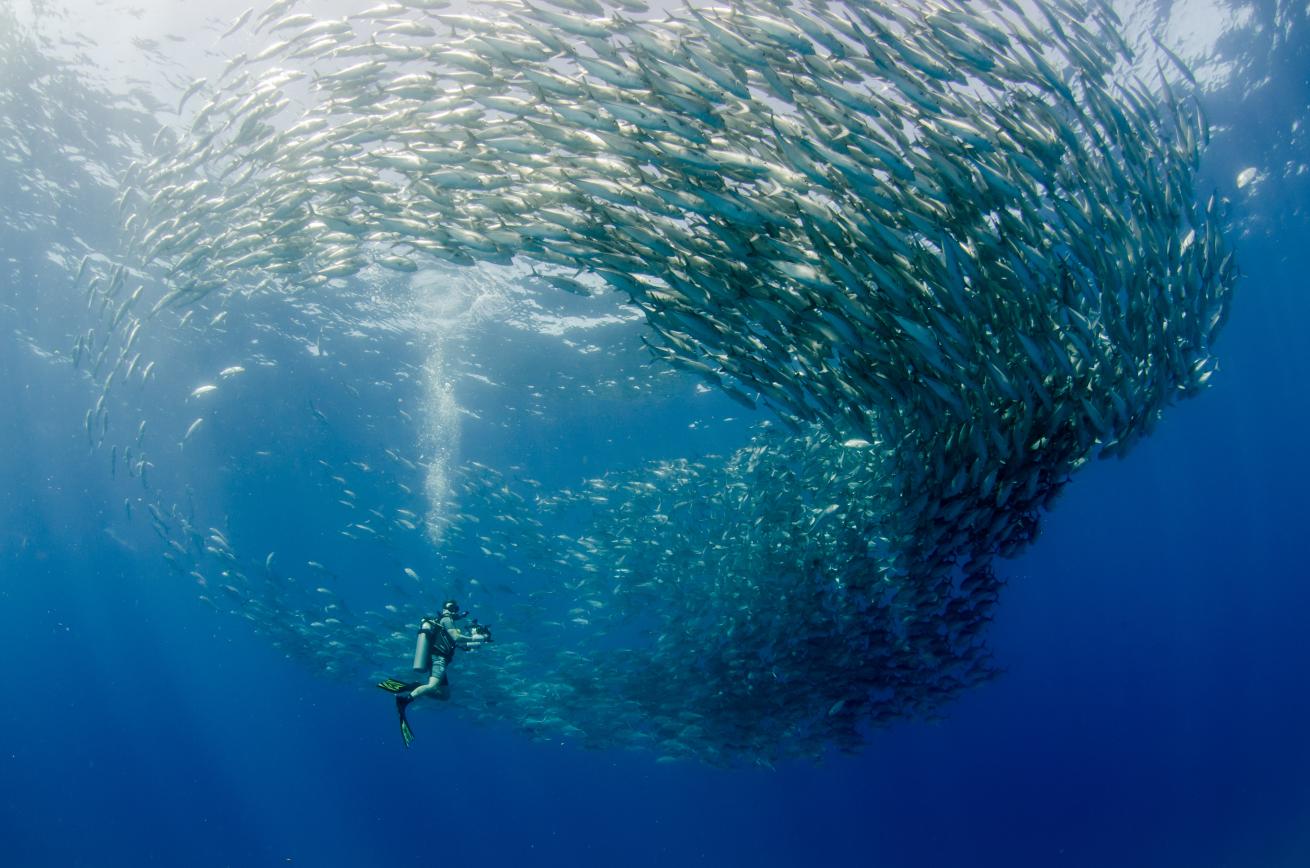
Leonardo Gonzalez/shutterstock.comCabo Pulmo Marine Park in Baja California Sur, Mexico, is an example of a successful MPA.
The greatest threat facing the ocean and the many wondrous living things that call it home is unsustainable overfishing.
Many modern fishing practices simply kill too many fish, resulting in population declines, not to mention issues with bycatch (accidentally killing ocean animals that happen to be near what you’re trying to catch) and habitat destruction. While sustainable fisheries exist (and in my opinion should be promoted whenever possible), unsustainable fishing practices are a major problem.
One solution to this issue is creating marine protected areas (MPAs), which can be thought of like national parks in the ocean. Rules vary, which gets very confusing for stakeholders as well as scientists and managers, but in the strictest MPAs, known as no-take MPAs or reserves, fishing of any kind is prohibited.
Well-designed and well-enforced MPAs not only help protect marine life from harmful fishing practices, but lead to amazing dive spots, so it’s little wonder that this policy solution tends to get a lot of support from the dive community. Indeed, the most successful MPAs have more fish, bigger fish, and more kinds of fish in them than similar areas where fishing is allowed.
Regular readers probably suspect that this is when Captain Science Buzzkill is gonna jump in—and you’re right!
A Sweeping Ban Is Not the Answer
First of all: No, we can’t just ban all fishing everywhere. Seafood is a critical source of food for tens of millions of the poorest humans on Earth, people who can’t just go to Whole Foods and get an organic kale salad for lunch instead.
Fishing is also a critical source of employment for many, and seafood is healthy and can have a relatively low carbon footprint. The International Union for the Conservation of Nature calls for 30% of the ocean to be strictly protected with no-take MPAs, which means that fishing would be allowed in the majority of the ocean—I’ve seen no serious proposals to ban all fishing everywhere, and wouldn’t support such a proposal if I saw it. MPAs are going to be an important part of the solution, but they won’t do it on their own (they’ve famously been described as “necessary but not sufficient” for ocean conservation).
The Right Formula
There’s no doubt that well-designed, well-managed MPAs can accomplish ocean conservation goals. There are also lots of ways that poorly-designed MPAs can fail to accomplish conservation goals. There’s a lot more to it than just picking a spot on a map and declaring that fishing there isn’t allowed anymore.
The best analysis to date finds that the most successful MPAs are relatively large, fully no-take, well-enforced, relatively old (conservation success takes time), and relatively isolated from people. It also found that the vast majority of current MPAs don’t meet several (or sometimes any) of these standards.
Local Support
Community buy-in is absolutely essential to conservation success; top-down rules that don’t consider local needs result in people at best ignoring the new rules. A great example of environmentalists doing this right is the Cabo Pulmo National Park in Baja California Sur, Mexico—the community was involved in every step, and now supports and directly benefits from the reserve. But what happens when fishermen suddenly aren’t able to fish anymore, and there’s no local economic alternative for them, and none of this was ever discussed by the environmentalists who pushed for protection?
In one case that I’ve regularly seen used as an example of a conservation success, the former Indonesian shark fishermen who suddenly were unable to fish for sharks turned to drug and weapon smuggling as well as human trafficking. I’d hardly call that a win, even though the sharks are better off.
Location, Location, Location
It also matters where you put the MPA—especially if your goal is to protect a specific species! An analysis performed by my former labmate Dr. Lindsay Davidson found that most of the currently-designated MPAs aren’t in places where they’d be most useful to the world’s most threatened sharks and rays—and it would only take a relatively minor adjustment in size and location for them to help. With sharks at least, this isn’t happening so far, and a new report from WWF and James Cook University aims to help correct the many, many past mistakes when establishing shark-focused marine protected areas.
Connectivity and Representativity are Is Key
A well-designed system of MPAs should also be connected and ecologically representative. Connectivity in MPAs refers to the ability for animals or their larvae to freely and easily move between protected areas (an MPA’s value is somewhat limited if everything leaves the protection of its borders and is killed). Representativity refers to making sure that at least some of every major type of ecosystem is protected; we don’t want to heavily protect coral reefs but totally ignore seagrass beds.
We also have to worry about competing definitions for what counts as an MPA—while some organizations claim that 7% of the ocean is protected, a scientific analysis last year found that the actual number is closer to 2%. Not every MPA is no-take (some restrict only some types of fishing, some restrict fishing only sometimes, some allow fishing but restrict oil drilling). A recent result that I’m sure will frustrate members of the dive community shows that the most effective way to recover large fish populations from overfishing is not only to ban all fishing in an area, but to keep humans out entirely, including scuba divers!
Finally, of course, no matter what the rules are, enforcement matters; protection that’s written down on a map that doesn’t translate to actual protection in the world, called “paper parks,” is a major problem. A government declaring a new MPA usually results in a brief increase in positive media publicity, but you see less follow-up coverage discussing how things are actually going.
A well-designed, well-enforced MPA can absolutely help save the oceans, possibly creating some great new dive spots along the way. But MPAs are a tool and any tool can be improperly applied.
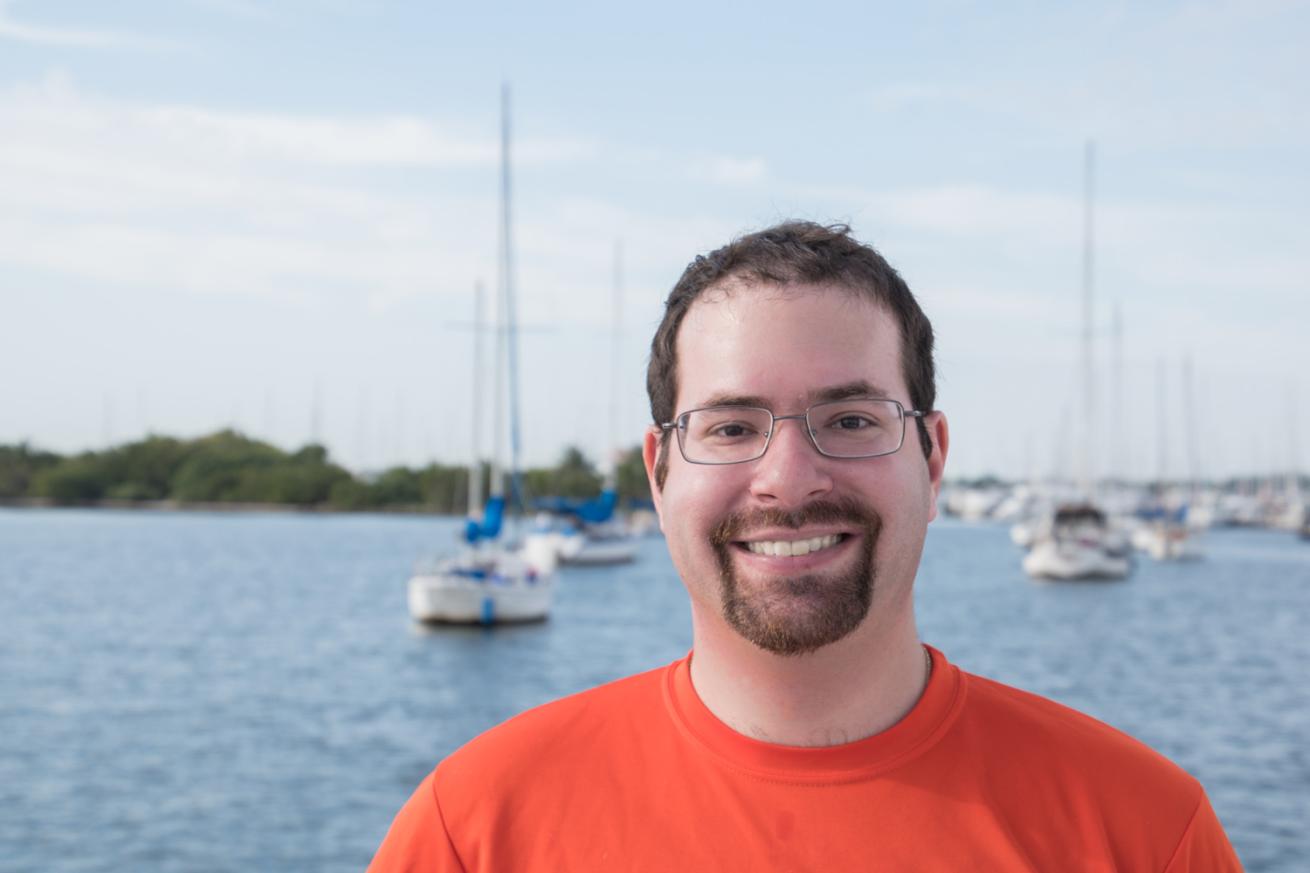
Josh LibermanDr. David Shiffman
About David Shiffman
Dr. David Shiffman is a marine conservation biologist specializing in the ecology and conservation of sharks. An award-winning public science educator, David has spoken to thousands of people around the world about marine biology and conservation, and has bylines with the Washington Post, Scientific American, New Scientist, Gizmodo and more. Follow him on Twitter, Facebook and Instagram, where he’s always happy to answer any questions about sharks. Please direct any questions or hate mail to [email protected].
About Science Stop with Dr. David Shiffman
Before you surface from a deep scuba dive, you make a safety stop. Before you take a deep dive into the complicated world of ocean conservation, I encourage you to make a science stop by reading this column. The global environmental challenges we face can seem overwhelming, and concerned citizens, especially people like scuba divers who love spending time in the ocean, want to help do their part to fix these problems. However, with lots of conflicting, misleading or just plain wrong information out there about environmental problems and how you can help solve them, it can be hard to know how to help. In some cases, well-intentioned but misinformed activists not only fail to help solve a problem, but can actually make the problem worse, or harder to solve! Put simply, if we’re going to fix the massive problems facing the ocean, the details matter, and those details can be confusing! In this monthly column, my goal is to teach you the true scientific facts behind some of the most pressing threats facing the ocean and the solutions experts believe will help solve them. I will also try to dispel common misconceptions about these threats and their solutions.


